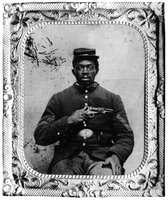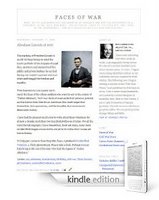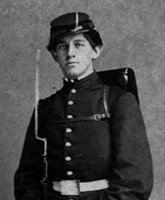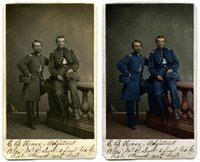Transformation
Grant's whirlwind adventure ends on a positive note. Even after his post-presidency years were tarnished when a swindler bilked him out of his savings and terminal cancer consumed his life, he mustered his last remaining resources to write his memoirs, which, with the help of Mark Twain, became an international bestseller that provided his family with financial support after his death.
Now I am discovering other stories of transformation that rivaled Grant's for their rapid and steep ascent to glory. But these stories end tragically.
Take William Wright, an African American born a slave in Kentucky and the current subject of my research. During a three year period, from 1864 to 1870, his life forever changed when he became a Union soldier and free man, then a farmer living for the first time in control of his own affairs and having the ability to pursue his dreams.
There are few instances in history where hope radiated with such brightness and warmth over humanity than in America during this time. The collapse and fall of the Confederacy and the end of a bloody Civil War. The freedom of an enslaved race of people. Three amendments to the Constitution establishing equality for all. During this brief period along our nation's timeline, hope seemed eternal. The dawn of a new age lay before us.
And yet the hope that burned so brightly dimmed quickly as Reconstruction failed. Civil rights were trampled and within a short time African Americans found themselves in a new slavery fueled by racism. And it would last for more than a century, until a new civil rights movements in the 1960s would rekindle the almost extinguished flame of hope.
William Wright would never see the flame rekindled. Driven from his farm in 1871 by what he called "Night Riders," he and his family fled to Iowa, where he lived a modest life as a farmer in a quiet corner of the country. He died in 1901.
Labels: african american, center for civil war photography, confederate, reconstruction, slave, slavery, union






